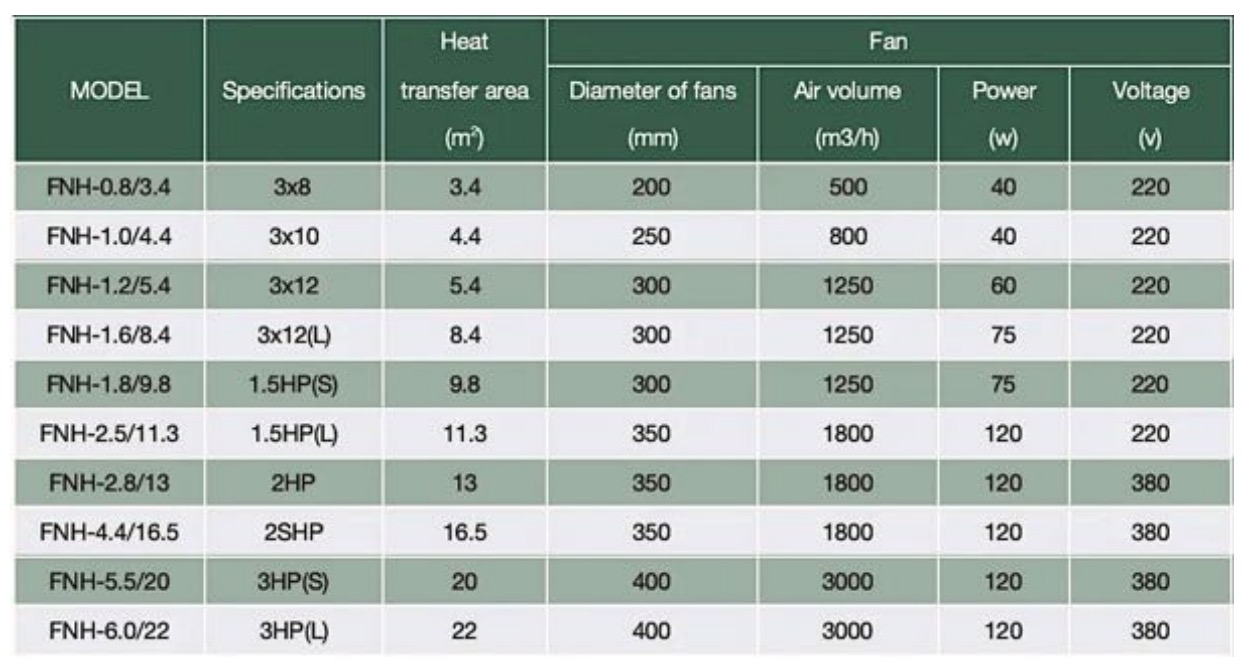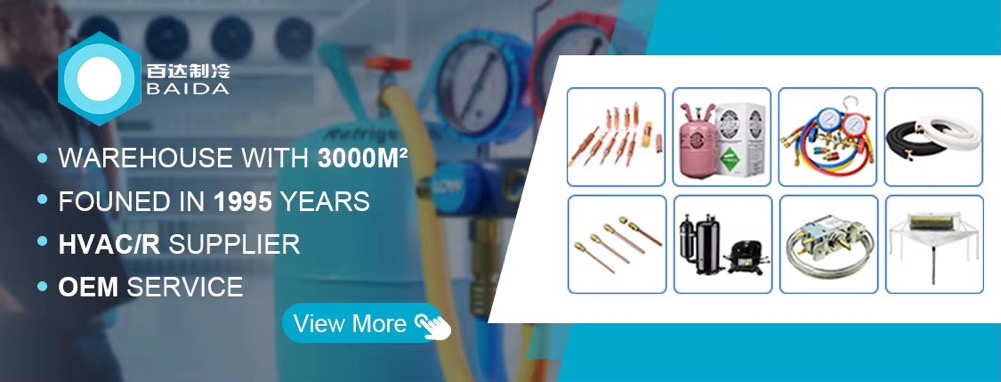1. Basic structure
The condenser is the core component of the refrigeration system and is a type of heat exchanger. Its structure mainly includes:
Copper tube: usually coiled into a solenoid, used to transfer the heat of the refrigerant.
Heat sink: attached to the copper tube to increase the heat dissipation area and accelerate heat exchange.
Fan: forced air convection to improve heat dissipation efficiency (air-cooled condenser).
Shell: protect internal components and ensure sealing.

2. Working principle
The condenser achieves heat exchange through the following process:
Exothermic process: The compressor compresses the high-temperature and high-pressure refrigerant vapor and sends it to the condenser. The refrigerant releases heat to the cooling medium (water or air) in the condenser and condenses into a high-pressure liquid.
Cycling process: The condensed liquid refrigerant is depressurized by the throttle valve, enters the evaporator to absorb heat and evaporate, and is sucked in by the compressor again to complete the refrigeration cycle.
3. Features and advantages
Thermal conductive material: copper and other materials with strong thermal conductivity are used to improve heat transfer efficiency.
Heat dissipation design: The heat sink increases the heat dissipation area, and the fan accelerates air convection to ensure that heat is discharged quickly.
Space saving: Optimized design reduces floor space and adapts to a variety of installation environments.
Easy maintenance: Some condensers are designed to support quick disassembly and cleaning, extending service life.
Cooling method: Supports water-cooled, air-cooled and other designs to meet the needs of different scenarios.
Compatibility: Suitable for ammonia, Freon and other refrigerants.










